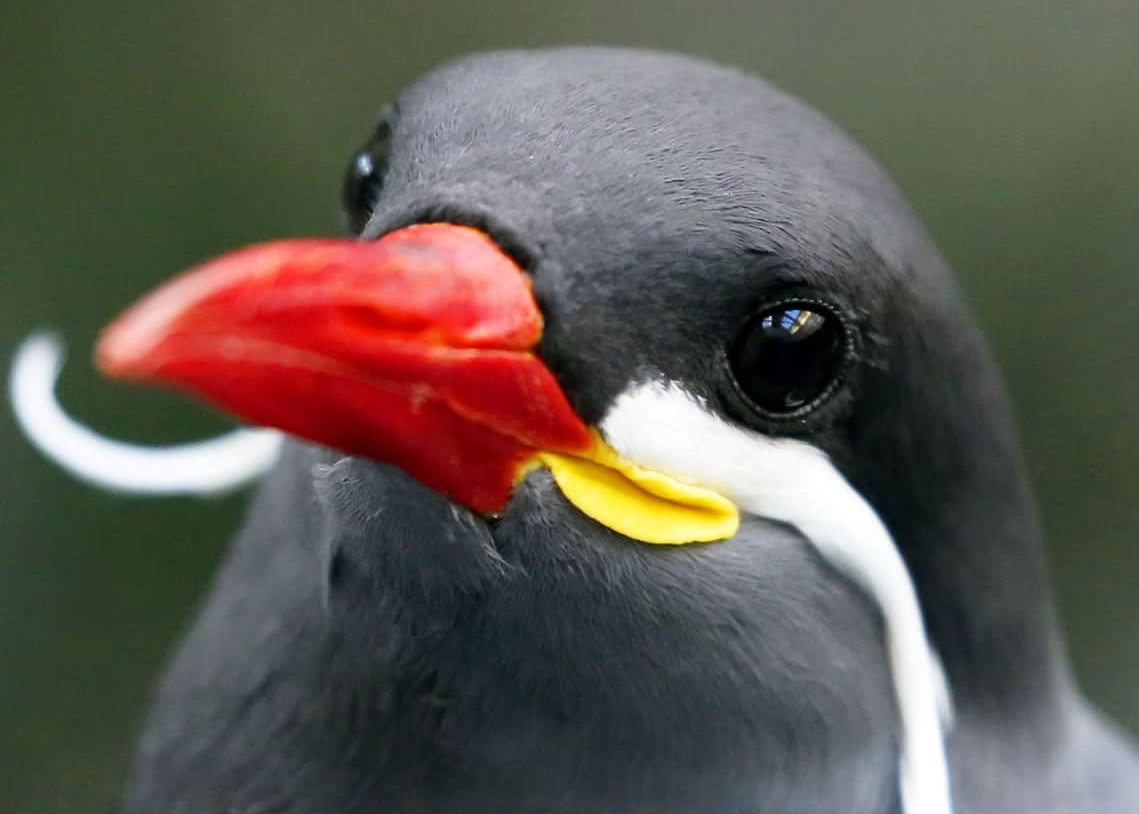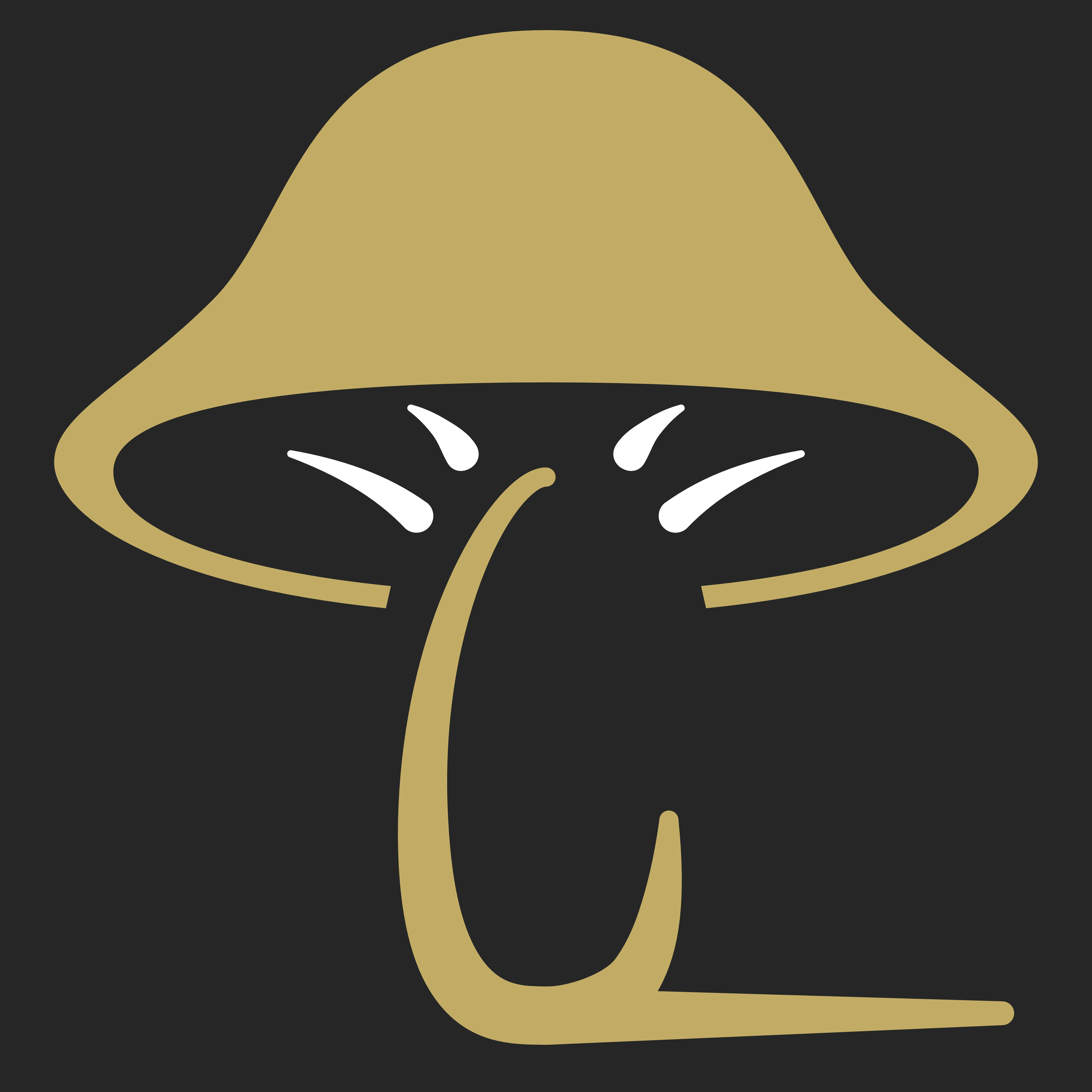Norrabian Wolf-Dog
Norrabian wolf-dogs are a large canine species native to the Sian Lowlands and Looming Desert of Norrab. Unlike typical wolfdogs, which are hybrids between a domestic dog and any wolf species, norrabian wolf-dogs are a proper species.
Taxonomy
These canines are the type species of their genus, Canilupus. Five subspecies have been identified, separated based on location and physical anatomy.
Phylum: Chordata
Class: Mammalia
Order: Carnivora
Family: Canidae
Genus: Canilupus
Species: C. norrabii
Russaian Wolf-Dog
Endemic to Russai, a large country within the Sian Lowlands, russaian wolf-dogs are the most common subspecies.Jiainean Wolf-Dog
A critically endangered subspecies, found exclusively within a small band of plateaus, north-west of the Zora Pass.Cazanian Wolf-Dog
A vulnerable subspecies exclusive to Cazan Island. A docile subspecies that get along with locals.Desert Wolf-Dog
One of two subspecies native to the Looming Desert. Desert wolf-dogs are the more common of the two.Sandbank Wolf-Dog
Active predators of the sandbank shark. They are capable of swimming through sand.Anatomy
Norrabian wolf-dogs are one of the largest canines of Norrab, reaching around three metres in length in males, and 3.5 metres in females. The largest stand up to around two metres in height when on all four legs.
Their physical anatomy is rather similar to a typical wolf, with a handful of minor differences. Norrabian wolf-dogs are much more muscular than their relatives in the Canis genus, as well as possessing bony spikes along their noses and crowns.
Russaian, Jianiean, and Cazanian wolf-dogs all have a brown and white colouration. Desert and sandbank wolf-dogs have a more muted, creamer colouration, blending in with the sandy surroundings much better.
These wolves have a short snout with very long canines. Primarily carnivores, they will also feed on berries, fruits, and flowers, using molars farther down the mouth.
Despite having dense fur, these wolves do not struggle to stay cool. Their fur regulates their temperature and actually helps cool them down, made of a special type of hair that creates cool air flow along the skin.
Diet
Norrabian wolf-dogs are omnivores, consuming more meat than plant matter. Their typical prey are medium-sized mammals. They are the only predators of the spinestickle, a small fox-like scavenger.
They are pack hunters, typically targeting ungulates like galarotes and gallon pigs. Packs target the weak, young, and elderly, easy prey compared to healthy adults of a herd. If prey is scarce, packs will target domestic animals and can decimate entire farms.
If these wolves have excess energy they will choose to not conserve it, but to use it on hunting more prey. They target prey deemed more "fun" to hunt, often spinestickles that can put up a good chase.
To supplement this diet, norrabian wolf-dogs feed on plant matter. They aren't picky, either; with an incredibly tough digestive system, these wolves can digest even the most toxic of plants.
Reproduction & Growth
A single wolf will give birth to three to six pups, once every two or three years. These wolves are monogamous and form pairs for life. If one dies, the other mate refuses to find another, and mourns its partner
Norrabian wolf-dogs are passionate parents, taking great care of their offspring. An entire pack put together their most maternal wolves to take care of pups when they are born. Parents initially take care, but once they reach about six months old the role goes towards designated wolf nannies. These wolves spend their lives looking after new pups, year after year.
Dens are created for the pups during summer months, to escape the heat. While their fur is short, they can suffer from extreme heatstroke.
Habitat
Careful, now. That's a wolf-dog over there. Normally they're not an issue but down in this valley, we could easily startle it.
These wolves have a large native range, spanning much of southern Aridara. They have large populations in Russai, Nuven, Asa'ta, Albata, and Montava, with smaller populations in neighbouring countries.
They frequent the valleys and canyons on the western side of the Algol Mountains, as well as the sand dunes on the eastern side. A highly adaptable species, they thrive in a variety of hot climates, both muggy and arid.
Norrabian wolf-dogs rarely approach urban areas. When food is scarce they will hunt farm animals in rural areas; these wolves are common pests in the Lowlands.
Despite their size, norrabian wolf-dogs are at risk of predation. Several other species prey on these wolves, such as the magmora, a gigantic predatory earthworm. The wolves can detect the presence of an earthworm through vibrations in the ground. When a worm is nearby, the wolves will scatter and stomp on the ground in an attempt to disorient the worm.
Behaviour
These wolves are a sociable species, with packs often intermingling for short periods of time. They are very respectful of pack territories, only broken when a lone male seeks to take over a new pack.
Packs are around ten to thirty wolves large, led by a pair of wolves. Adult females are next in the hierarchy, often the ones leading hunts. Wolf nannies are just as important and protected within a pack, and so are juvenile and senile wolves. Adult males are at the bottom of a pack.
Norrabian wolf-dogs have developed a close relationship with sian soarers. These gigantic birds protect small packs of wolf-dogs from any larger predators, the wolves returning the favour by leaving carcasses for them to feed on. Interspecies relationships with wolf-dogs is uncommon, as few animals can tolerate such loud animals.
These wolves produce a high pitched squealing sound to communicate within a pack. The higher pitched squeaks usually mean the wolf is excited or happy. Short bursts of howls mean the pack is ready to hunt. Complete silence in a pack, other than the quiet mumbles of pups, means a predator is nearby.
These animals should be avoided in the wild. While they will avoid people if possible, when cornered they will retaliate, attempting to kill whatever threatens it. Around thirty people a year die from norrabian wolf-dogs.















Doggos!!! And Wolf-doggos at that, I kind of love them very much. But I will respect the advice and love them from a distance and give them their space, despite the urge to give them many pets and ear scratches and tummy rubs.
Heeheee, it's tempting to give them cuddles!